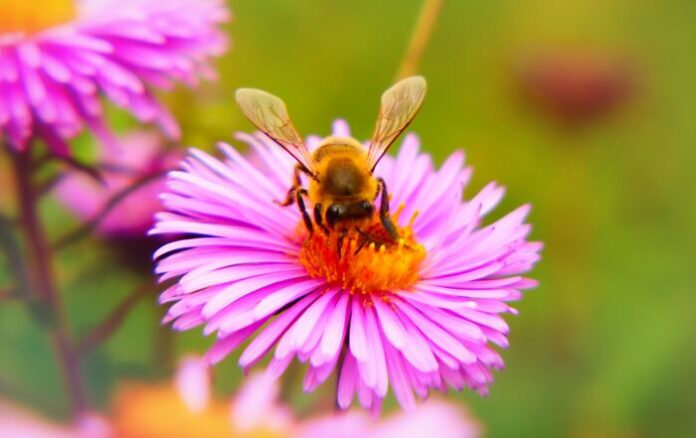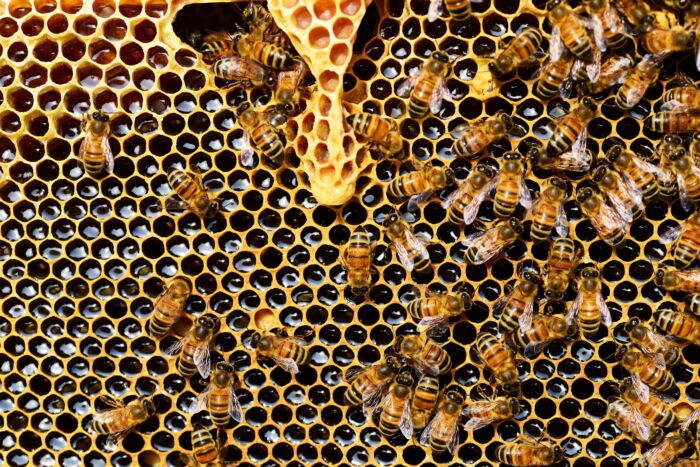
The largest Italian public urban beekeeping project, by Green Island / Urban Beehives, officially comes to life in Milan: in the park of Cascina Merlata a family of pollinating insects will take up residence in the last of the 12 hives installed in the Fontanile area.
The new apiary, created in collaboration with Donna Moderna, joins those already present in the gardens of San Faustino and in the urban gardens of via Padova in the city, but also in the park of Villa Visconti Borromeo Litta in Lainate. In total, 30 yellow wooden hives for over a million bees to protect and 3 billion flowers to pollinate every day.
An initiative that is not only in the name of sustainability and the environment, but also of craftsmanship, creativity and design: all the hives are designed by international artists, hand-painted by local artisans and made in eco- design with reused materials. In addition to these yellow houses located near the Fontanile area of Cascina Merlata, there are six other artist beehives with educational functions, scattered throughout the park like real works of land-art.
“Reintroducing pollinators in urban contexts is a fundamental step for the enhancement of biodiversity and ecosystem functioning,” explains Claudia Zanfi, historian of art and botany, who has been dealing with urban diversity since 2001 with the non-profit association Green Island. “We combine the protection of the environment with creativity: our hives are designed by artists and designers and made by local artisans, using recycled materials”.
From South Tyrol to Umbria, from Emilia Romagna to Lazio, urban beekeeping is a widespread phenomenon throughout Italy: a network of beehives installed on balconies or on the roofs of houses, outside company establishments or in green spaces. citizens. A way to contribute to the monitoring of air quality based on observing the behavior and work of bees.
Bees also play a fundamental role in the continuity of our planet’s food resources: of the 100 crops on which 90 percent of world production depends, 71 are linked to the pollination work of bees. Not to mention honey, whose production is threatened – like the very existence of bees – by chemical and pesticide aggressions from natural ecosystems.

“Bees are the most important insects on the planet: they have existed for 100 million years, while humans have only been for 2.5 million”, continues Claudia Zanfi. “They are real sentinels of the environment and constitute a model of a perfect, all-female society. We can also contribute to their sustenance through a careful choice of the plants we place on our balconies “.
For example, in spring rosemary, sage and chives are indicated, in summer lavender, calendula, mallow and marigold, the autumn Jerusalem artichoke and chrysanthemum.
The Cascina Merlata Park located inside UpTown Milano is not an oasis only for bees, but you can also visit 10,000 plants, including trees and aquatic plants, and wild animals such as the goldfinch, the swallow and the tree sparrow and near the old canal there are also frogs, mallards and bunnies.



































